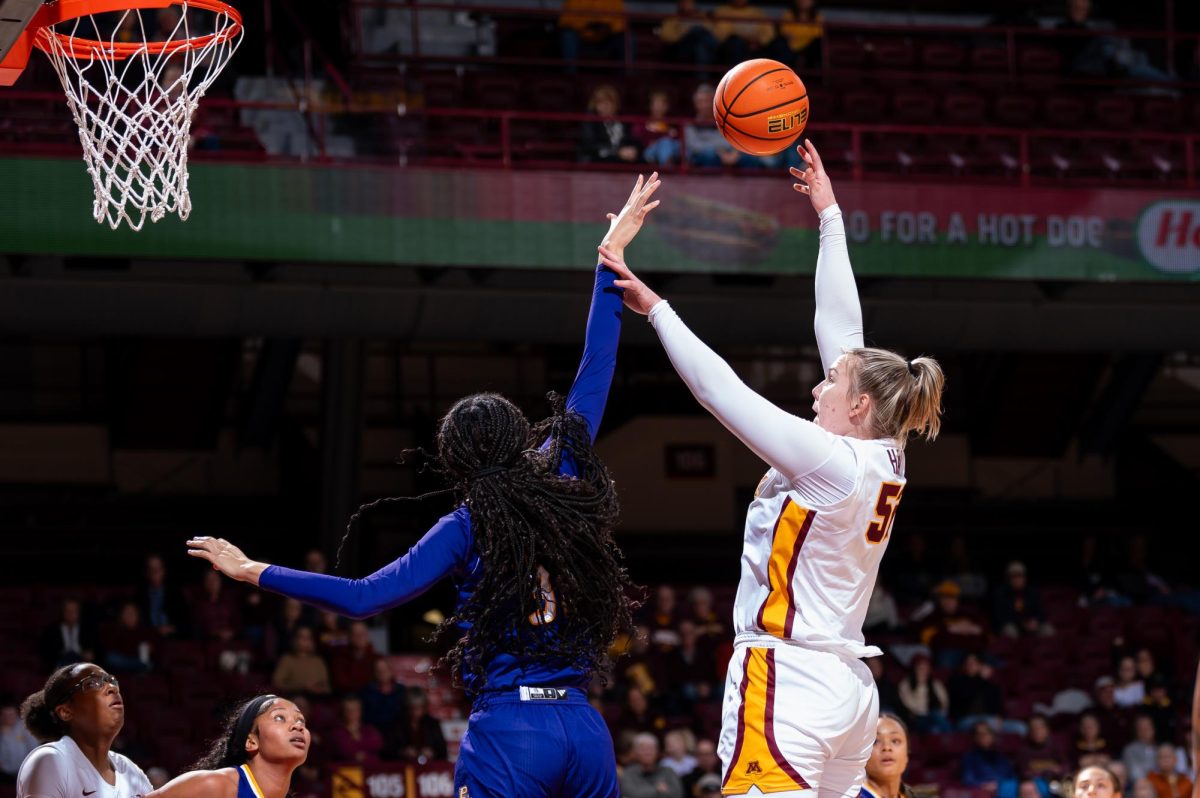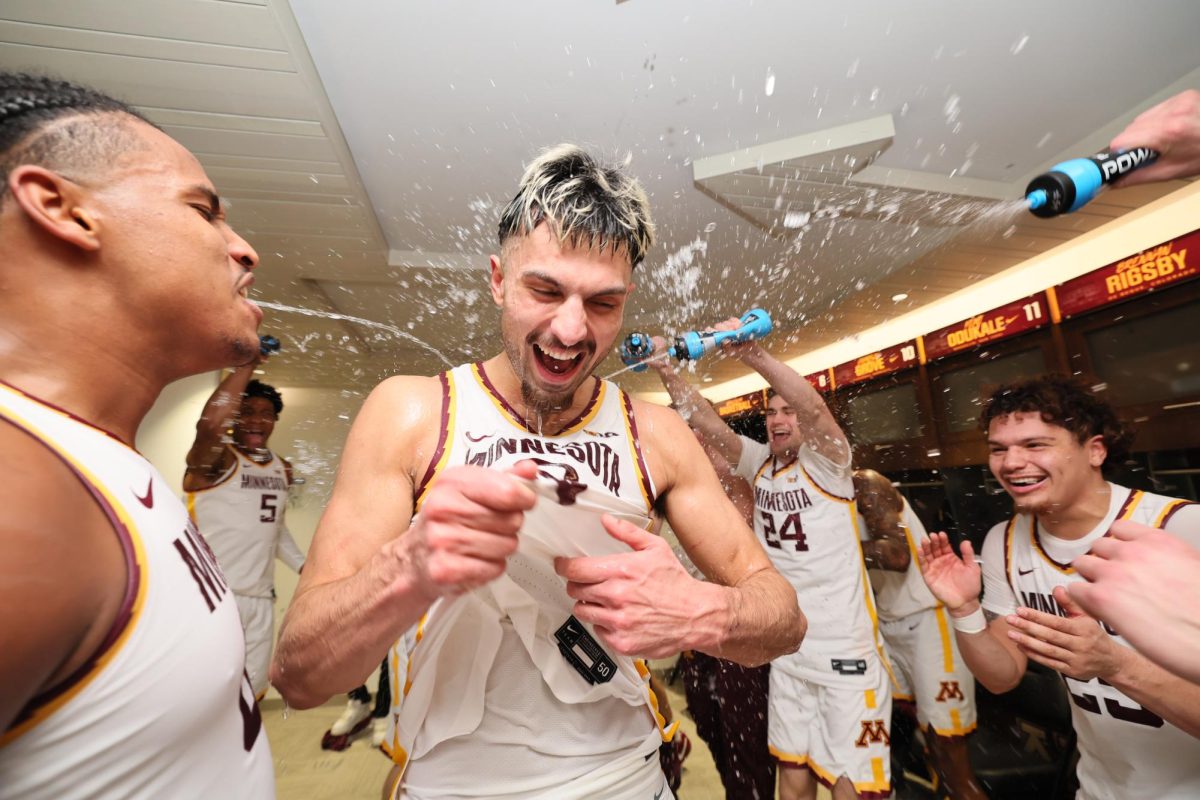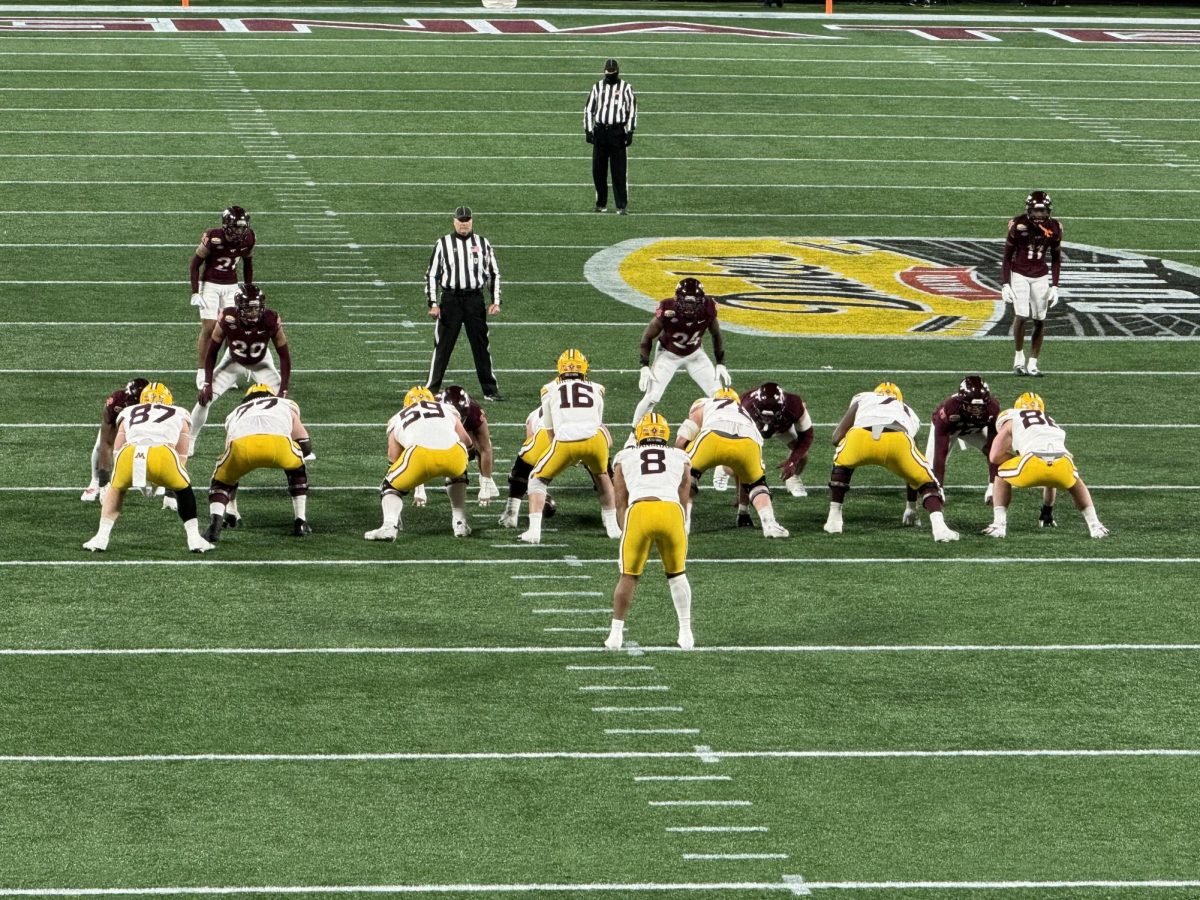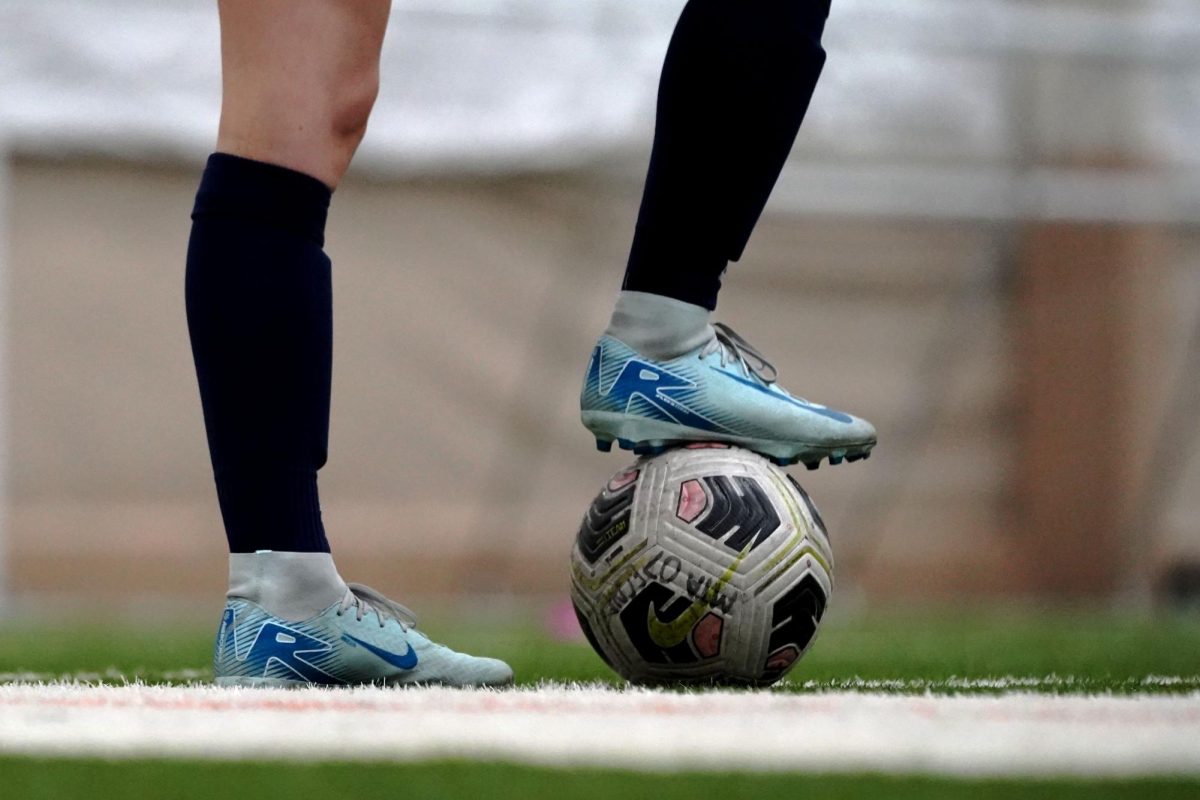I’d like to get Minnesota women’s basketball coach Pam Borton’s travel agent on the phone – she’s getting a great deal on her team’s 10-day “foreign tour” of Italy this August.
View the NCAA regulations concerning Foreign Tours (Microsoft Word document)
It’s free. Well, to the team it’s free, thanks to some hefty donations and help from the team’s booster club.
I say “foreign tour” because it’s not a vacation. The team will be playing basketball – at least four games against various club teams throughout the country.
But unless one exhibition game is played against Pope Benedict XVI’s College of the Cardinals (joking), I’m crying foul. Not on Minnesota (the school is within NCAA regulations) but on a policy that is questionable at best.
The NCAA allows programs to go on these foreign tours once every four years and the only thing I could dig up that governs who can pay for trips is a bylaw that the University can actually foot the bill.
In a phone interview Monday, University Athletics Director Joel Maturi said that’s not going to happen, although he said he does see plenty of benefits from foreign tours.
“It was my decision (not to put University dollars towards the tour) due to the challenging financial times,” Maturi said.
Instead, the Gophers’ excursion will be paid entirely by donations from the likes of Fast Break Club boosters.
The club didn’t pay for the entire trip, and fundraising has been going on for over a year. But I have trouble imagining a bake sale paying for a basketball team’s international excursion.
Now if it’s a violation for a booster to pay a player to go to a particular school, why isn’t it a violation for a said booster to pay for players to go to Italy for 10 days?
And as another Daily editor brought up, what is to stop programs with bigger budgets like Minnesota from using these foreign trips as incentives for recruits?
Nothing, according to Borton, except technically every school can do it.
Borton, who just finished up her sixth year with the Gophers, went on a similar trip while on staff at Boston College and said Wisconsin and Iowa have done the same in recent years.
Maturi added that tours like this were much more common five to 10 years ago. The Big Ten and Western Collegiate Hockey Association even used to sponsor international events.
But then two things changed, according to Maturi, and neither one was a result of the NCAA tightening the reigns.
The first was an increased concern for safety in certain areas of Europe and the second was the rising expenses of such trips.
Italy is relatively safe, but with donations paying the way, where is the line?
Will we soon see boosters giving jobs to athletes so they appreciate a hard day’s work?
The problem is you can’t blame the school or its boosters for taking advantage of the system.
And as both Maturi and Borton said, there are educational perks to this trip, which will include stops in Rome, Florence, Venice and Lake Como.
“When you talk about history, there’s no better place to see history than Europe,” Borton said. “It will be a cultural experience for the players; they’ll get to see things they’ve learned about in the classroom.”
Borton also brought up a good point that while many students have a chance to study abroad during the school year, many athletes do not due to team commitments.
The University emphasizes the benefits of traveling abroad, and the Carlson School of Management is even requiring it for future incoming classes.
It’s just too bad the Minnesota Student Association doesn’t have boosters with as deep of pockets as the women’s basketball team or every University student could get to experience their own “foreign tour.”







